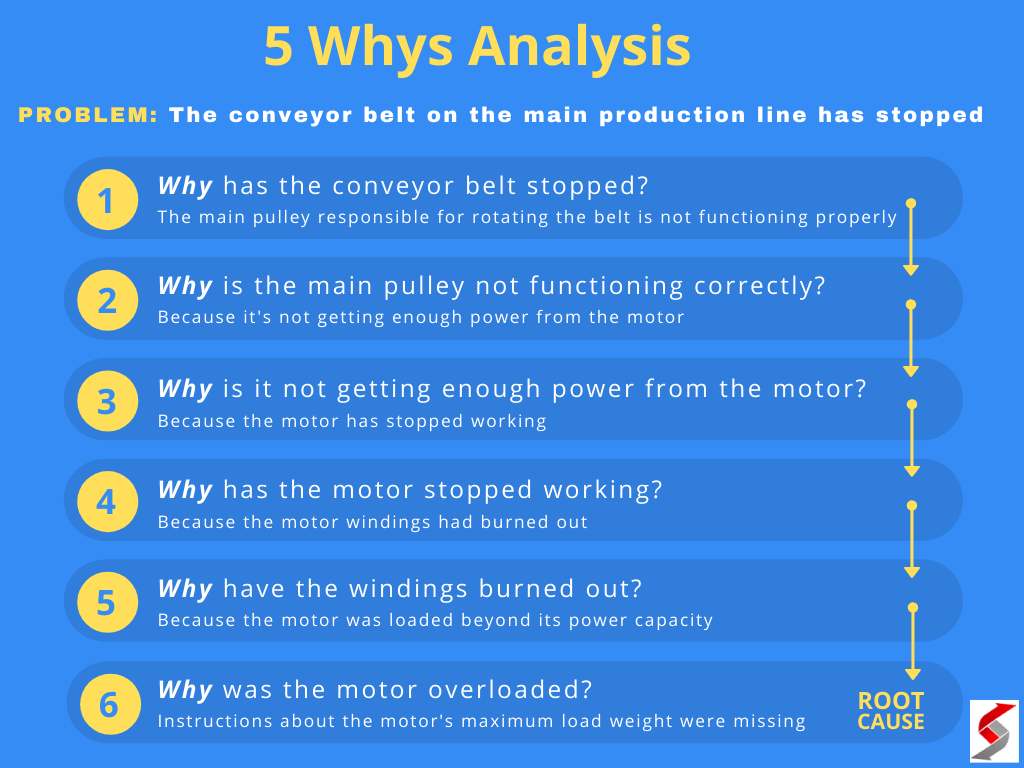Navigating Senior Care: When Your Loved One Needs Assisted Living or a Nursing Home
Introduction: Making the Right Care Choice for Your Loved One
Choosing between assisted living and a nursing home is one of the most significant decisions families face when an aging parent needs extra care. This process involves evaluating your loved one’s medical needs, independence, daily functioning, and overall safety. Understanding the differences, criteria, and steps for transitioning between these options ensures you make the best decision for your family member’s well-being and peace of mind. [1]
Understanding Assisted Living and Nursing Homes
Assisted living communities are designed for seniors who want to maintain their independence but need help with everyday tasks. Residents typically have their own room or apartment, enjoy social activities, and receive minimal medical supervision. Services usually include assistance with bathing, dressing, medication reminders, and meal preparation. [2]
Nursing homes, conversely, are suited to individuals who require 24-hour medical care and supervision. These facilities are equipped to care for those with complex health conditions, chronic illnesses, or severe mobility issues. Staffed by registered nurses and certified aides, nursing homes provide skilled nursing, rehabilitation, and ongoing health monitoring. [3]
Key Differences
- Level of Care : Assisted living offers support with daily activities, while nursing homes provide comprehensive medical care and supervision. [1]
- Independence : Assisted living encourages active lifestyles; nursing homes focus on medical needs and safety. [2]
- Environment : Assisted living resembles apartment living; nursing homes are structured like medical facilities. [3]
- Cost : Nursing homes are typically more expensive due to the higher level of medical care. [2]
How to Determine If Your Mom Needs Assisted Living or a Nursing Home
To decide on the appropriate level of care, assess your loved one’s ability to perform Activities of Daily Living (ADLs) such as bathing, dressing, eating, and managing medications. [3]
Assisted Living May Be Right If:
- Your mom is mostly independent but needs help with certain daily tasks.
- She enjoys social activities and wants to maintain an active lifestyle.
- She does not require round-the-clock medical supervision.
- Her medical conditions are stable and manageable with occasional nursing visits.
Example: If your mom is struggling with meal preparation and medication management but still enjoys walking, attending group activities, and can dress or bathe herself with minimal support, assisted living will likely provide the right balance of support and autonomy.

Source: grammar.cl
Nursing Home May Be Necessary If:
- She has complex medical needs, such as advanced dementia, frequent falls, or requires IV medications.
- She is unable to perform most ADLs without help.
- She needs constant supervision due to wandering, confusion, or risk of injury.
- Her health conditions require frequent skilled nursing care or rehabilitation. [3]
Example: If your mom has suffered a stroke, cannot transfer from bed to chair without help, or needs daily wound care, a nursing home offers the medical expertise and safety she needs. [1]
When to Move from Assisted Living to a Nursing Home
Transitioning from assisted living to a nursing home often occurs when a resident’s health deteriorates or their care needs exceed what assisted living can provide. Signs that a move may be necessary include:
- Increasing difficulty with basic ADLs, even with staff support.
- Frequent medical emergencies or hospitalizations.
- Progression of chronic illnesses such as heart failure, COPD, or advanced Alzheimer’s disease. [5]
- Need for specialized medical equipment or therapies not available in assisted living.
- Physician recommendation for higher-level care.
Families should regularly evaluate changes in their loved one’s health and consult with physicians, nurses, and facility staff. Many assisted living communities conduct periodic assessments and will notify families when a move to skilled nursing care is advised. [5]
Step-by-Step Guidance for Making the Transition
- Consult with Healthcare Providers: Schedule a comprehensive assessment with your mom’s primary care physician and facility nurse to evaluate her current care needs.
- Review Facility Assessments: Assisted living and nursing homes conduct their own assessments. Compare results and discuss recommendations with staff. [5]
- Tour Nursing Homes: Visit several facilities to review amenities, staff qualifications, and resident safety protocols. Consider using reputable directories or contacting your local Area Agency on Aging for recommendations.
- Discuss Financial Considerations: Review costs, payment options, and available government assistance. Medicaid may be available for qualified individuals in nursing homes. Contact your state’s Medicaid office or search for “Medicaid nursing home benefits” on your state’s official government website.
- Plan the Move: Coordinate with both facilities to ensure a smooth transition. Transfer medical records, medications, and personal items.
- Monitor Adjustment: Stay involved after the move. Regularly visit, communicate with staff, and watch for changes in your mom’s health and well-being.
Alternative Approaches and Additional Support
Some seniors may benefit from enhanced in-home care or adult day programs as intermediate steps before moving to a nursing home. These options can help maintain independence while addressing increasing care needs. You can find licensed home health agencies by searching “home health care” plus your city or contacting your local Area Agency on Aging.
Consider consulting a geriatric care manager for personalized advice. Geriatric care managers can help families navigate complex care decisions, coordinate services, and advocate for proper care. Search the National Association of Geriatric Care Managers or ask your physician for referrals.
Potential Challenges and Solutions
Moving a parent to higher-level care can be emotionally and logistically challenging. Families may face resistance from their loved one, financial hurdles, or uncertainty about care quality.

Source: pinterest.com
To address these challenges:
- Hold open conversations about health, safety, and quality of life.
- Seek counseling or support groups for emotional guidance.
- Research all financial aid options, including Medicare, Medicaid, and veterans’ benefits on official agency websites.
- Visit multiple facilities to compare care standards and resident satisfaction.
Key Takeaways and Next Steps
Deciding between assisted living and nursing home care requires careful assessment of your loved one’s medical needs, independence, and safety. Transitioning to a nursing home becomes necessary when health declines and care needs exceed the abilities of assisted living staff. Regular evaluations, professional guidance, and open family discussions are crucial for ensuring the best outcomes.
For step-by-step assistance, contact your local Area Agency on Aging, consult with healthcare professionals, and use reputable online directories to compare facilities. Government programs such as Medicaid may offer financial assistance for nursing home care-visit your state’s official Medicaid website or call your local office for details.
References
- [1] Senior Services of America (2024). The Difference Between Assisted Living and Nursing Homes.
- [2] Sonata Senior Living (2024). Nursing Home vs Assisted Living: Understanding The Differences.
- [3] Charter of Whitehouse (2024). Understanding Assisted Living vs. Nursing Home Care.
- [4] HumanGood (2024). Differences Between Assisted Living and Nursing Homes.
- [5] A Place for Mom (2025). Assisted Living vs. Nursing Homes: Care, Services, and Costs.
MORE FROM gowithdeal.com













